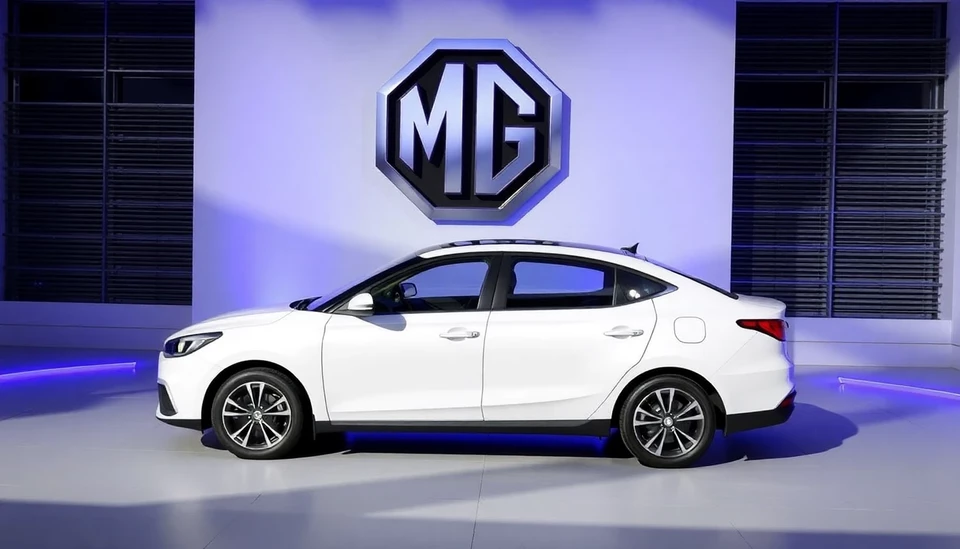
In a significant development for the Indian automotive industry, MG Motor India has taken an important step towards shaping the future of electric vehicles (EVs) in the country. The company, which operates a joint venture with a prominent local manufacturer, is actively seeking reductions in taxes imposed on hybrid electric vehicles (HEVs). This request comes at a crucial time as the Indian government is making strides to promote cleaner transportation solutions amid global climate change challenges.
The push for lower taxes on hybrid models reflects MG Motor’s strategic vision to broaden EV adoption across the Indian market. By proposing tax reductions, MG aims to make HEVs more affordable for consumers, thereby increasing their popularity and accelerating the transition towards sustainable mobility. This initiative aligns with global trends, where many countries are adopting policies that favor hybrid technology as a bridge towards fully electric vehicles.
MG Motor's call for tax concessions underscores the critical need for favorable regulations to stimulate growth in the hybrid segment. The company's management argues that lower tax burdens would not only relieve consumer financial constraints but would also incentivize manufacturers to introduce a wider range of hybrid models. As the market diversifies into various electric and hybrid offerings, MG sees an opportunity to capitalize on a growing segment that appeals to environmentally conscious consumers while also addressing range anxiety—a common concern among potential EV buyers.
The urgency of MG Motor’s appeal is mirrored by India's commitment to reduce carbon emissions, which includes a target of achieving 30% electric vehicle sales by 2030. The Indian government has already implemented several initiatives to encourage EV adoption, such as subsidies and favorable infrastructure development. However, as competition in the automotive sector intensifies, the need for further regulatory support becomes increasingly essential.
In addition to pursuing tax incentives, MG Motor is simultaneously investing in charging infrastructure and collaborating with local governments to facilitate a smoother transition to hybrid technology. The company's ongoing efforts reflect a comprehensive approach that combines product development, consumer education, and necessary policy advocacy to create a robust framework for EV proliferation in India.
As MG Motor positions itself as a leader in the hybrid market, it will be interesting to see how the government responds to these requests and what implications it may have for the future of transportation in India. This push not only has the potential to benefit MG Motor but could also catalyze a significant shift in consumer preferences towards hybrid models, thus further embedding sustainability into the fabric of the automotive landscape.
In conclusion, MG Motor's drive for lower taxes on hybrid electric vehicles in India signifies a notable effort to harness governmental support as part of a broader strategy to promote sustainable transportation. As the discussion unfolds, stakeholders from various sectors may find opportunities to engage in dialogue regarding the optimal pathways to enhance adoption rates of electric and hybrid vehicles in a rapidly evolving marketplace.
#MGMotor #HybridEVs #ElectricVehicles #India #SustainableTransport #TaxIncentives #AutomotiveIndustry
Author: Samuel Brooks




